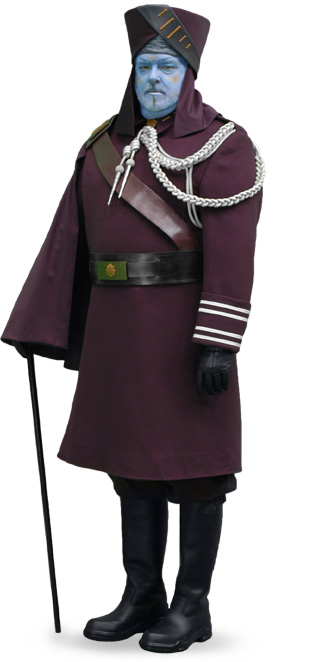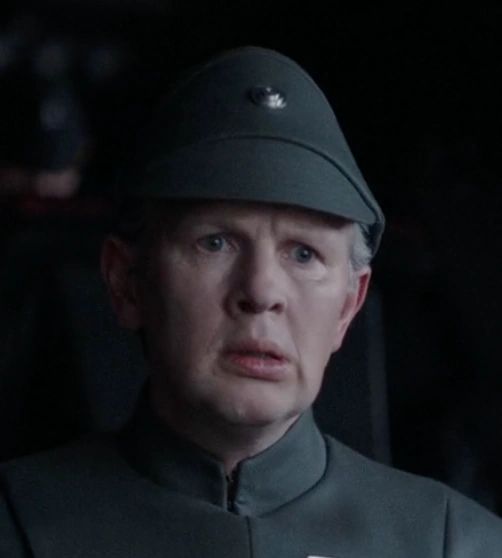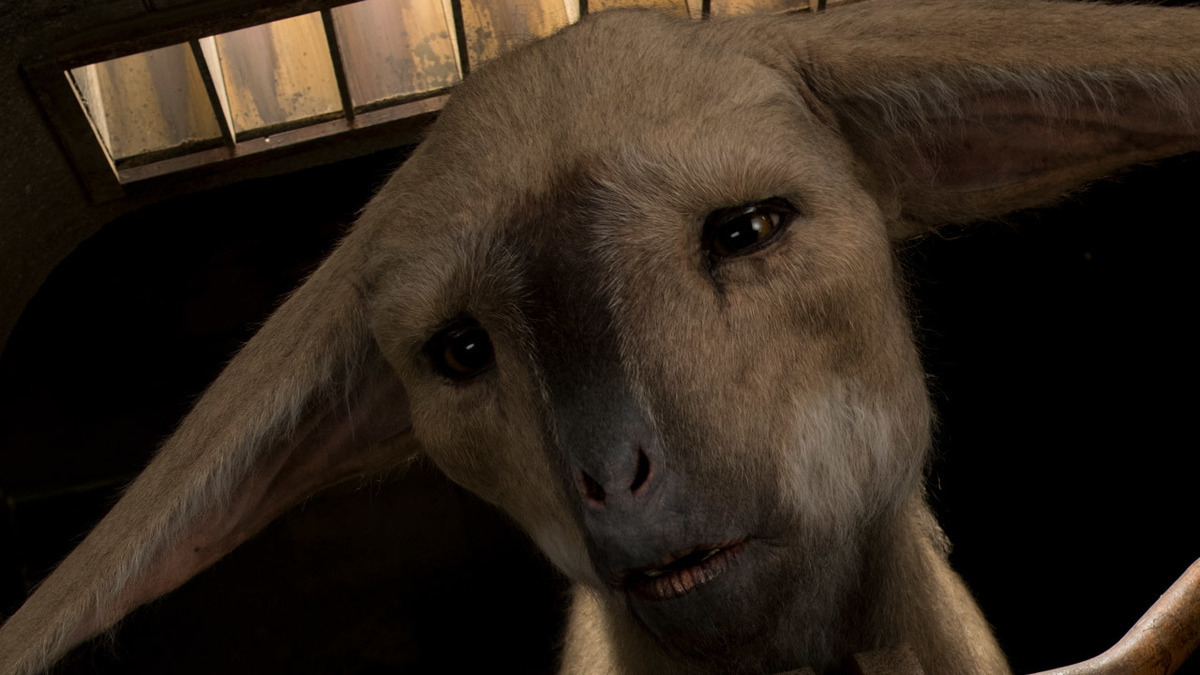 Name: Pantoran
Designation: Sentient
Classification: Near-Human
Average height: 1.5 to 1.9 meters
Skin color: Blue
Hair color: Black, Blue, Light purple, White
Eye color: Yellow, Black (rare)
Homeworld: Pantora
Language: Pantoran, Basic
Attribute Dice: 12D
Dex: 2D/4D
Know: 2D/4D
Mech: 2D/4D
Perc: 2D/4D
Str: 2D/4D
Tech: 2D/4D
Special Abilities:
Cold Resistance: Pantorans have a much greater resistance to cold than Humans, giving them a bonus +2D to resist the effects of cold.
Story Factors:
Genealogy: Pantorans are extremely interested in their family history, marking their bodies to signify their ancestry and families, those Pantorans without families would go unpainted.
Move: 10/12
Description: Pantorans were a Near-Human species native to the moon Pantora, located in the Pantora system.
Biology and appearance
Pantorans were a sentient species native to Pantora, a moon orbiting the planet Orto Plutonia. They were Near-Humans, with a head, a torso and four limbs. At first glance, they only differed from the otherwise similar Humans in their blue skin and yellow eyes. Like all mammals, the Pantorans had hair, the color of which varied between black, blue, light purple and sometimes white. The Pantorans shared many traits with other blue-skinned races, especially the Wroonian species, and, to a lesser extent, the Chiss, and were believed to be an offshoot of the former. The species had two sexes, male and female. The Pantorans also seemed to have a greater resilience to low temperatures than Humans, since they only needed light wardrobe even under extreme cold weather conditions.
Society and culture
Pantoran society developed on Pantora, a world located in a region flush with slavers and spice merchants. Constant run-ins with these types led the Pantorans to become fiercely independent and proud. While the Pantoran society was democratic, the feudal traditions of marking their foreheads, and cheeks with yellow markings to symbolize lineage persisted into the common era. These traditions spurred a cultural interest in genealogy and history, and many Pantorans cherished relics from the past such as jewelry which connected them to their noble ancestors or helmets that belonged to a great heroes of a bygone age.
The old nation states of Pantora were unified under a democratic planetary government, the politics of which were considered an art form. Governed by the Pantoran Assembly, the elected body was led by a Speaker, who balanced the power of the chief executive officer, known as the Chairman.
Some Pantorans were known to worship an unnamed moon goddess.
History
During the Clone Wars, the Pantorans requested, and were granted, a Republic outpost in their system as protection from the Separatists. A Republic military base was established on the frigid world of Orto Plutonia, a protectorate world of Pantora.
When the entire force of clone troopers stationed on Orto Plutonia went missing, the Republic sent Jedi Generals Obi-Wan Kenobi and Anakin Skywalker to investigate. They were met on the planet by Chairman Chi Cho and Galactic Senator Riyo Chuchi. Cho immediately attempted to assert his authority, giving orders to both the Jedi and the clone troopers accompanying them.
While searching the empty Republic base, Chairman Cho was convinced the Separatists were responsible; and finding a Separatist base not far away seemed to confirm his suspicions. However, after finding the Separatist base also destroyed with no evidence of contact between the Republic and CIS forces, Kenobi and Skywalker set out on Freeco bikes to discover the truth. They found a tribe of Talz in the hills and discovered they were responsible for the destruction of both bases, having felt threatened by their presence. Though evidence showed the Talz had been on Orto Plutonia for some time, possibly longer than the Pantorans had claimed sovereignty over the planet, Chairman Cho insisted the Talz were trespassers and declared war with them.
Known as the One-Day War, the battle between the Republic's soldiers and the Talz was fought in a pitched battle, instigated by Cho. The Chairman and many of his clone trooper guards were killed before Senator Chuchi, with the emergency powers granted to her by the Pantoran Assembly, was able to garner peace with the Talz chieftain, Thi-Sen, assuring him that the Pantoran people would leave Orto Plutonia in peace.
At some point around 21 BBY, the Trade Federation blockaded Pantora. Pressured by his constituents, Baron Notluwiski Papanoida listened to those who argued that the world should leave the Republic and join the Confederacy of Independent Systems so trade could resume. However, the Baron chose to rely on Senator Riyo Chuchi, asking her to plead for assistance in the Galactic Senate. Eventually, the blockade was lifted and the Pantoran remained under the Republic's banner.
Rise of the Empire
When the Republic collapsed and the Galactic Empire seized control of the galaxy, Pantora was cut off from the rest of the galaxy. Struggling to come to grips with their new predicament, the Pantoran Assembly split into three factions: the Appeasers, the Republicans, and the Expansionists. The first group believed that integrating with the Empire was the only path to security and economic strength, while the traditionalist Republicans believed the Empire stood in stark opposition to the core principles and values of the Pantoran culture. The Expansionists argued that the forging of treaties with the old slaving and spice trading worlds around them would be their salvation. The Expansionists were the smallest in number, and their position was viewed as abhorrent by most Pantorans.
Building up a small navy of volunteers, the Assembly cautiously expanded; careful to avoid drawing Imperial attention to their work. Rogue members of the Assembly began to hire mercenaries and make unofficial deals to free up the flow of information technologies and resources. Despite the vast resources available on Orto Plutonia, Senator Chuchi's treaty still stood, protecting the Talz from Pantoran interference. While many on the Assembly wished to respect the Treaty, others sought to educate the Talz in hopes of integrating the two societies and sharing resources.
|












